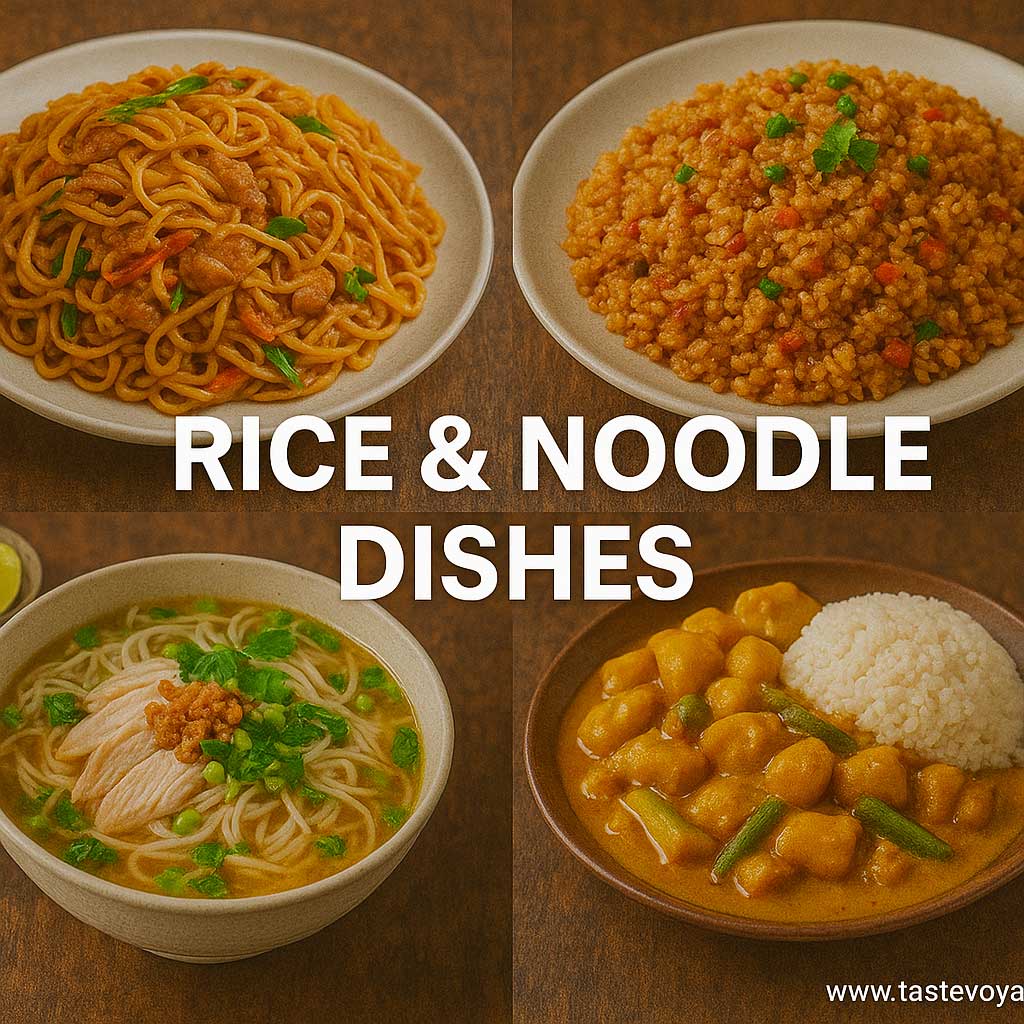How to Make Restaurant-Style Fried Rice at Home
Travel the World Through Food >> Cambodian Cuisine>>Rice & Noodle Dishes>> How to Make Restaurant-Style Fried Rice at Home
How to Make Restaurant-Style Fried Rice at Home
Restaurant-Style Fried Rice at Home: A Culinary Classic
Fried rice is more than just a simple dish; it’s a celebration of culinary artistry and cultural richness. When prepared with care, it transforms humble ingredients into a flavorful masterpiece that evokes the warmth of a bustling restaurant kitchen. Today, many home cooks aspire to recreate the beloved fried rice dishes they enjoy outside, bringing the authentic flavors of a restaurant right into their own homes.
The Cultural Significance of Fried Rice
Fried rice holds an esteemed place in the culinary traditions of many Asian countries. It is often regarded as a comfort food, a dish that unites families around the dinner table. In its various forms, fried rice represents resourcefulness, as it traditionally uses leftover rice and ingredients, breathing new life into simple staples. Over generations, it has evolved into a dish that embodies versatility and adaptability, reflecting local ingredients and preferences.
Beyond its practicality, fried rice symbolizes community and shared experience. Many families and communities have their own unique recipes, passed down through generations. This dish’s ability to adapt and incorporate local flavors makes it a true culinary canvas. Whether it’s infused with soy, sesame, or oyster sauce, or enhanced with vegetables, eggs, or meats, fried rice beautifully showcases regional ingredients and tastes.
The Culinary Significance
In the realm of Asian cuisine, fried rice is celebrated for its balance of textures and flavors. It combines tender, savory grains with crispy bits and aromatic seasonings, creating a satisfying mouthfeel. The process of stir-frying rice emphasizes technique—perfectly cooked rice must be fluffy yet hold its shape, avoiding clumps or stickiness. This method highlights the skill involved in creating restaurant-quality fried rice at home.
Fried rice also demonstrates the art of flavor harmony. From soy sauce’s umami depth to a hint of sesame oil’s nuttiness, every ingredient contributes to a layered, complex taste profile. Chefs and home cooks alike recognize that the key to exceptional fried rice lies in achieving a harmonious balance of flavors, a testament to culinary craftsmanship.
Bringing Restaurant-Style Fried Rice Home
While it’s tempting to think that restaurant-quality fried rice requires professional equipment or complex techniques, many of its essential qualities can be achieved in a home kitchen. The dish’s popularity stems from its straightforwardness and the ability to customize it to personal tastes. with Fresh ingredients, a good wok or skillet, and a touch of culinary intuition, anyone can craft a dish that rivals restaurant offerings.
Celebrating a Global Favorite
Fried rice’s universal appeal lies in its simplicity and adaptability. It serves as a comforting reminder that great food doesn’t need to be complicated. Whether enjoyed as a quick weeknight dinner or a weekend special, restaurant-style fried rice at home invites us to appreciate the artistry of Asian cuisine and the rich cultural tapestry it represents.
In essence, fried rice is more than just a dish; it’s a culinary tradition that celebrates resourcefulness, community, and the joy of shared flavors. By mastering its fundamental principles, home cooks can enjoy the pride of creating a dish that speaks to the heart of Asian culinary heritage.
Experience the joy of creating your own restaurant-style fried rice at home and savor the cultural richness it brings to your table.
